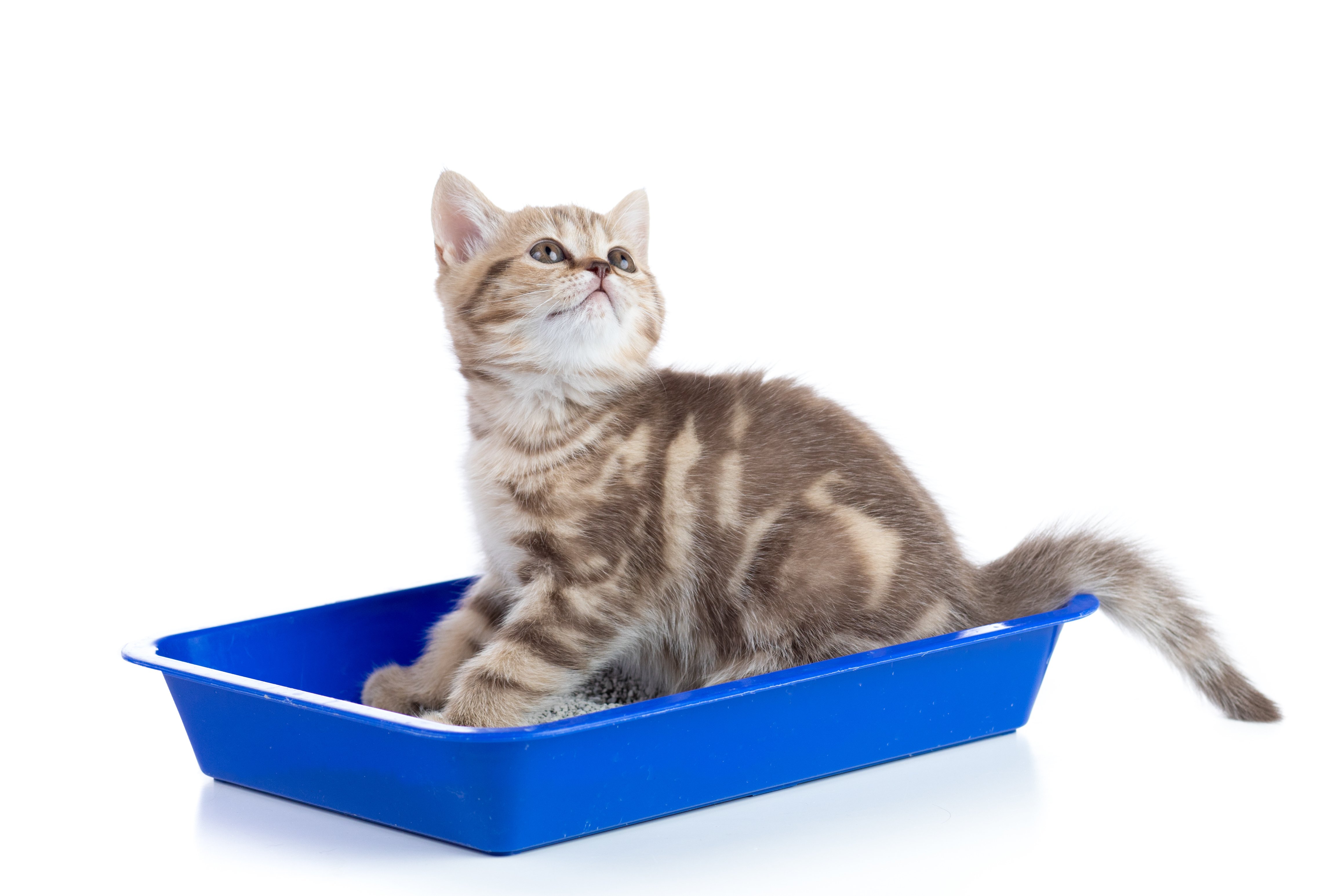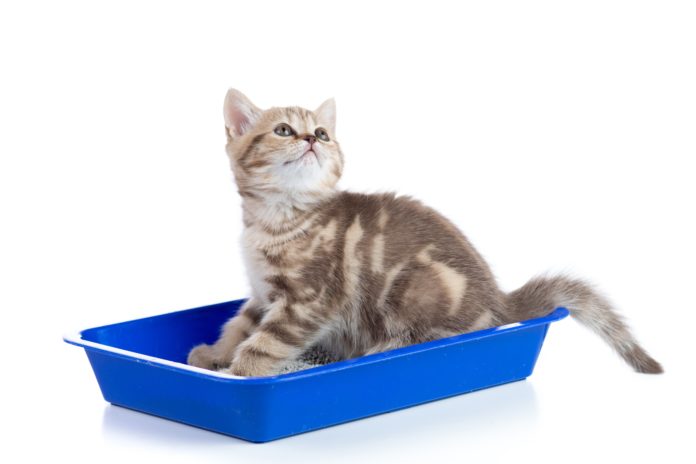
Your veterinarian might want to examine your cat’s urine for a variety of reasons, such as to evaluate kidney function or monitor diabetes. But how to get that urine? It’s not as difficult as you might think.
If your cat isn’t shy about her bathroom habits, you might be able to catch urine the same way most dog’s owners do, by slipping a cup or ladle underneath her as she urinates. To do this, you’ll just have to hang out around the litter box at times when she often urinates.
Unfortunately, most cats do not appreciate this violation of privacy, and pushing the issue could cause her to avoid the litter box. That’s bad. It could lead to urination elsewhere in the house or retention of urine, which can have detrimental effects on your cat’s health.
Easy Peasy
The best way to get a urine sample at home is to use nonabsorbent litter in the box. This allows your cat to dig and urinate normally, and then you can transfer the urine to a cup or collect it in a syringe provided by your veterinarian.
Nonabsorbent litter is available in pet stores or from your veterinarian, or you can use any clean, nonabsorbent material, such as beads, plastic straws, or a plastic bag cut into small pieces. An empty litter box may also work as long as it is in the same location that your cat is used to, but most cats like being able to “bury” their waste. Whichever method you use, clean the litter box and dry thoroughly beforehand to reduce the risk of contamination.
Speedy Delivery
Once you have collected the urine sample, get it to your veterinarian as quickly as possible. If the delivery will take longer than 30 minutes, refrigerate the urine. The makeup of urine changes quickly at room temperature, so leaving the urine out for an extended period of time can lead to inaccurate results on a urinalysis. Refrigeration helps to slow down the process, but a fresh sample is still the best.
In the Office
If you can’t get urine from your cat at home, your veterinary team can do it at the clinic. Manual bladder expression is done by palpating a cat’s bladder and then gently squeezing, causing the cat to urinate. Manual expression should only be done by a trained veterinarian or veterinary technician, because squeezing too hard can bruise or damage the bladder, and squeezing the wrong organ can also cause problems.
Your veterinarian may opt to use a urinary catheter to get a urine sample, especially with male cats. Female cats are much more difficult to catheterize.
Cystocentesis (often just referred to as “cysto”) is a procedure that involves the collection of urine directly from the urinary bladder through a needle that is passed through the abdominal wall into the bladder. It sounds terrifying, but it is actually relatively safe, and most cats are very good about having it done. They are usually far more irritated about being restrained for this procedure than the actual needle poke!
Cystocentesis can be performed by palpation alone or using ultrasound to guide needle placement, and is the ideal method of collection to get a sterile sample for bacterial cultures. Your veterinarian will usually avoid performing cystocentesis if your cat is suspected of having a bladder tumor or if there is a skin infection in the region where the needle is passed, because the needle could either transfer cancer cells to other sites in the case of bladder cancer or inoculate bacteria from a skin infection into the bladder in the event of a skin infection.




